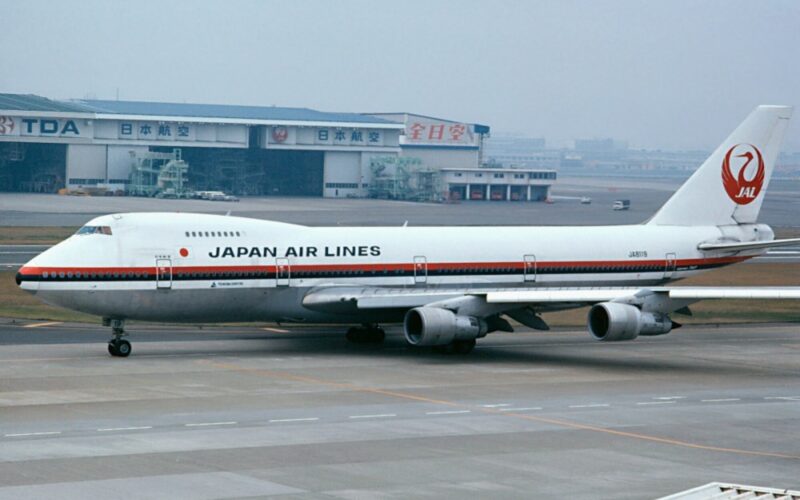On the evening of August 12, 1985, Japan Airlines Flight 123 departed from Tokyo Haneda Airport, bound for Osaka. The aircraft, an 11-year-old Boeing 747SR, registered JA8119, was configured for high density, domestic routes.
Less than 45 minutes after take-off the aircraft, loaded with 524 passengers and crew, crashed into a ridge of Mount Takamagahara, north-west of Tokyo, at a height of 5,135 ft.
The disaster claimed the lives of 520 people, leaving only four survivors. It is the deadliest single-aircraft accident in aviation history.
JAL Flight 115
The story of Flight 123 extends seven years prior to the accident, when on June 2, 1978, the same aircraft JA8119, operating as Japan Airlines Flight 115, was on approach into Osaka from Tokyo.
On touchdown, the aircraft bounced heavily, and the pilot excessively pulled back on the control column resulting in a severe tail-strike.
The incident caused injuries to 25 of the passengers on board and cracked open the rear pressure bulkhead. Despite the damage, the aircraft was repaired and returned to service.
JAL Flight 123 – August 12, 1985
The Boeing 747 aircraft flew without fault until that fateful day on August 12, 1985, when, 12 minutes after Flight 123 took off, at around 24,000 ft, the aircraft suffered a decompression.
The force of the decompression caused the ceiling inside the cabin to collapse, damaging the rear of the aircraft, and severing all four hydraulic lines used to move the flight controls as well as the vertical stabilizer which separated from the aircraft.
The flight crew sent out a distress signal to Tokyo air traffic control and began battling to control the stricken 747. The pilots were given radar vectors to follow for an emergency landing. However, with no hydraulics and no vertical stabilizer, the aircraft had become virtually uncontrollable.
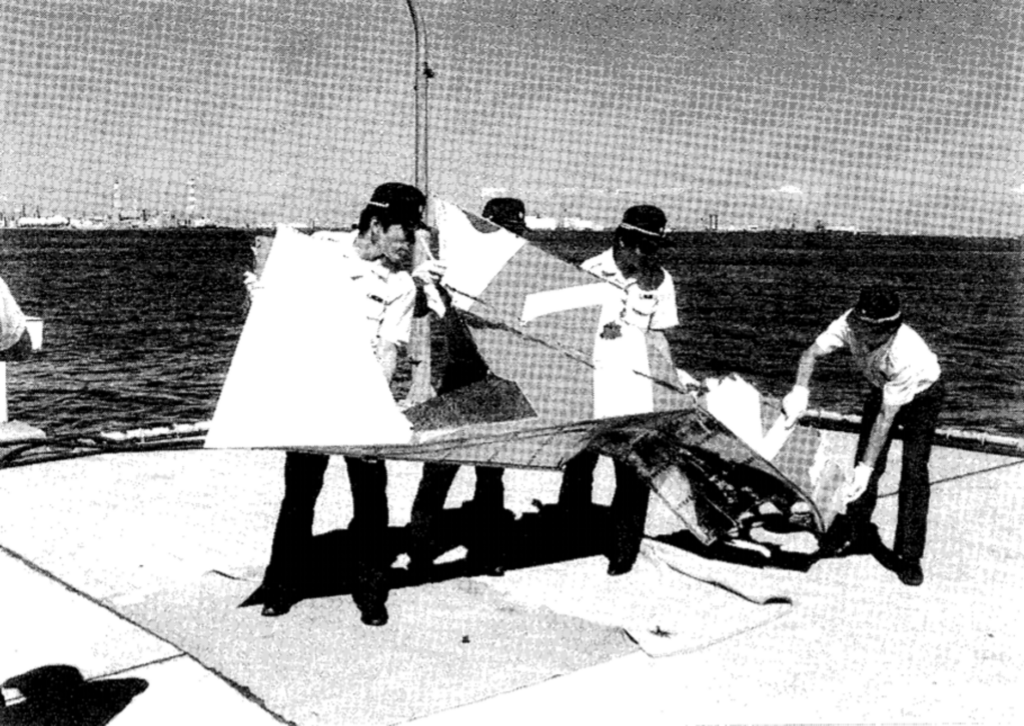
The aircraft was oscillating, climbing, and descending in 4,000 ft cycles, which lasted about 90 seconds each, while at the same time rolling side to side.
The flight crew desperately employed techniques such as asymmetric thrust in an attempt to regain control and stabilize the aircraft. In preparation to make an approach, the landing gear was lowered, and the flaps extended but this caused further imbalance with the aircraft nose dropping and banking to the right.
At 18:56 local, the aircraft, now banking 40º, struck trees on the mountainside and, moments later, the right wing clipped a ridge, breaking the aircraft up and coming to rest between two ridges.
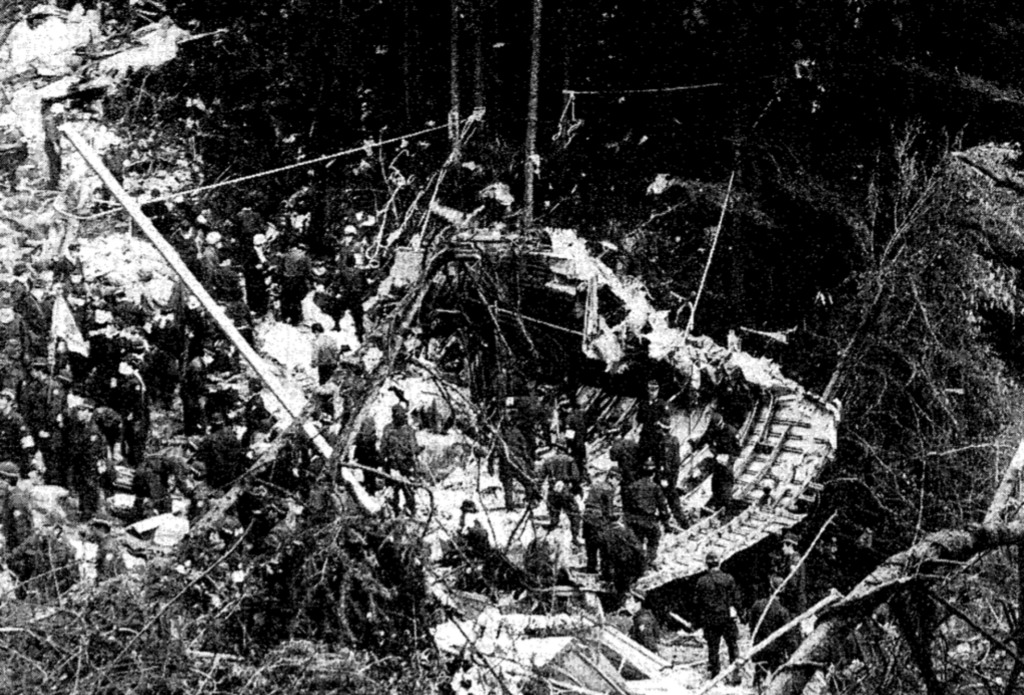
Aftermath
Tragically, only four passengers survived the crash. The nearby US Air Force was asked to stand down its rescue operation and leave it to the Japanese search and rescue, who, owing to the remote location of the crash site, were not onsite until the following morning.
Upon finding the bodies of the passengers the following day, it became apparent that more had survived the impact, but sadly later died of shock, overnight exposure high up in the mountains, and injuries that might not have been fatal had they been tended to sooner.
The pilots valiantly wrestled with the aircraft and, against the odds, with no directional control, kept it flying for 32 minutes. Among the wreckage, rescuers recovered farewell notes and messages from passengers onboard who had realized their fate.
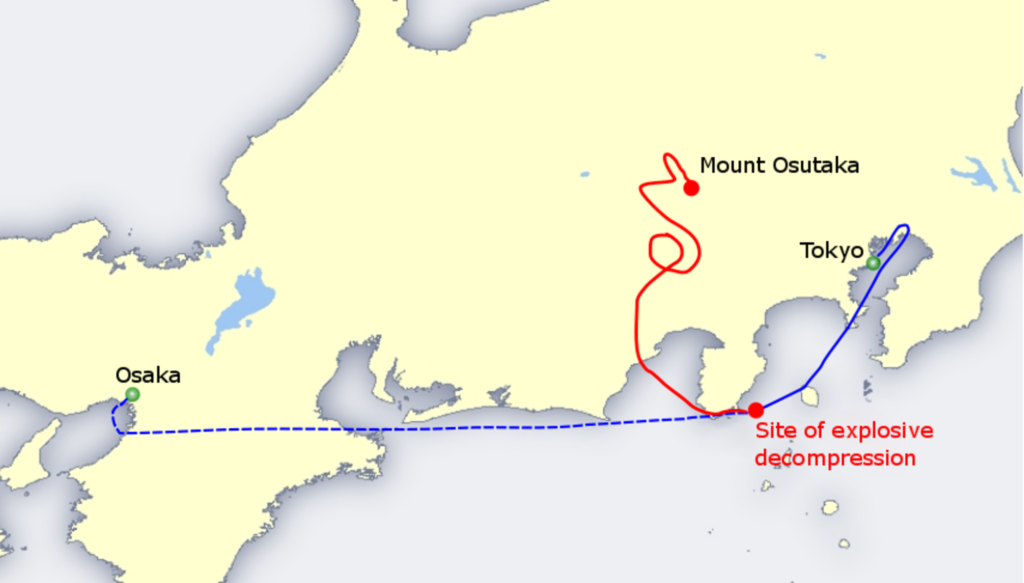
The official cause of the crash was attributed to the incident seven years earlier at Osaka, involving the same aircraft, which damaged the rear bulkhead. Investigators found that the subsequent repair did not meet Boeing’s approved specifications.
The improper repair reduced the effective resistance to fatigue cracking. Consequently, with repeated pressurization cycles over time, the bulkhead gradually began to crack and weaken around the rivets that were holding the repair together until it failed.
Today, there is a memorial dedicated to the 520 victims of JAL Flight 123, located near the crash site. Each anniversary, families walk the mountainous path to remember the victims and observe a moment’s silence at 18:56.
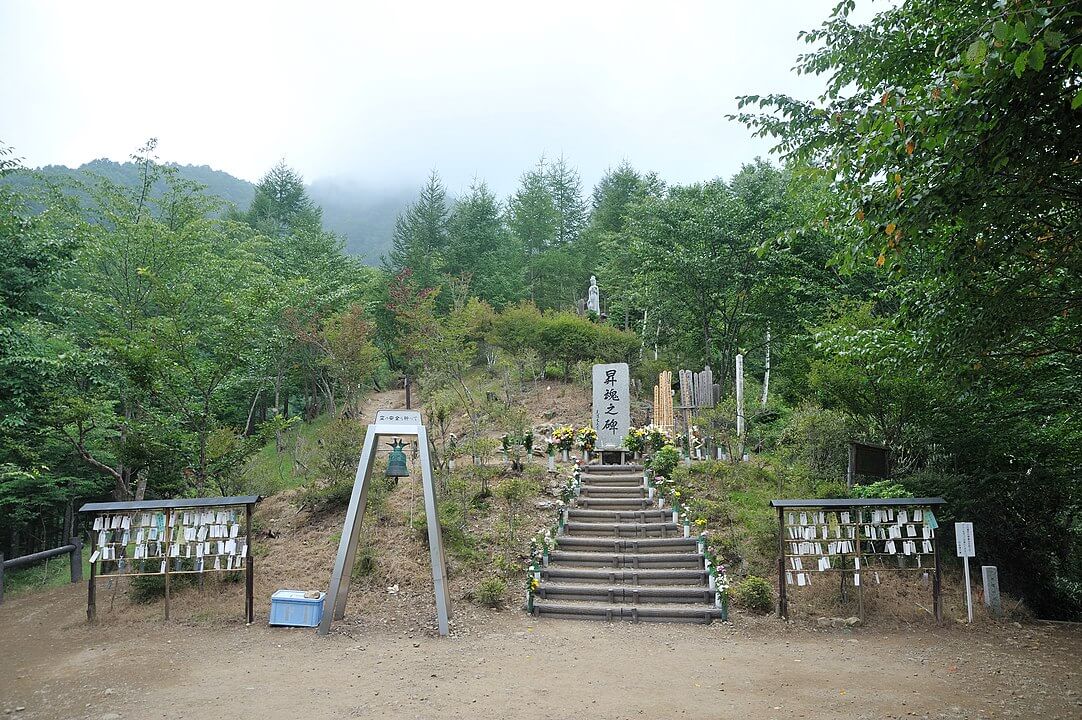
This article was first published on August 12, 2022.

